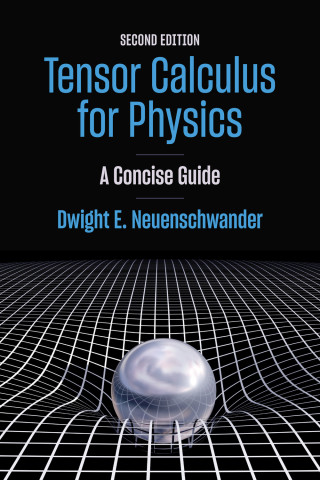
Reviews
Force and Motion is an excellent choice for a general physics class supplement, especially if an in-depth analysis of mechanics is important. If not incorporated into a course, the book is still very useful for teachers by providing real-world applications, in-class exercises, conceptual questions, test problems, diagrams and figures, lab exercises, and new ways to explain Newtonian mechanics.
Zimba presents a careful and comprehensive development of the concepts, algebra, and trigonometry underlying Newton's three laws of motion at the high-school and introductory-college level. The text is well written and the diagrams are simple sketches, well suited to a classroom presentation or student's notebook.
As an exposition on how to teach this crucial topic, it is definitely worth consideration by teachers and, if the approach finds favour, could benefit students too.
Problem sets help high school and college students of all backgrounds understand mechanics.
Book Details
Preface
Acknowledgments
Index of Key Material
Part I: Describing Motion
1. Graphing Relationships
2. Rates of Change
3. Introducing Position and Velocity
4. Vectors
5. Position and Velocity, Revisited
6
Preface
Acknowledgments
Index of Key Material
Part I: Describing Motion
1. Graphing Relationships
2. Rates of Change
3. Introducing Position and Velocity
4. Vectors
5. Position and Velocity, Revisited
6. Introducing Acceleration
7. Acceleration as a Rate of Change
8. Focus on a-Perp
9. Case Study: Straight-Line Motion
Part II: Explaining and Predicting Motion
10. The Concept of Force
11. Combining Forces That Act on the Same Target
12. "Newton's Little Law"
13. Newton's Second Law
14. Dynamics
15. Newton's Third Law
16. Kinds of Force
17. Strategies for Applying Newton's Laws
Appendix: Derivation of Huygen's Formula
Answers to Focused Problems
References
Index of Problem Situations
Subject Index






